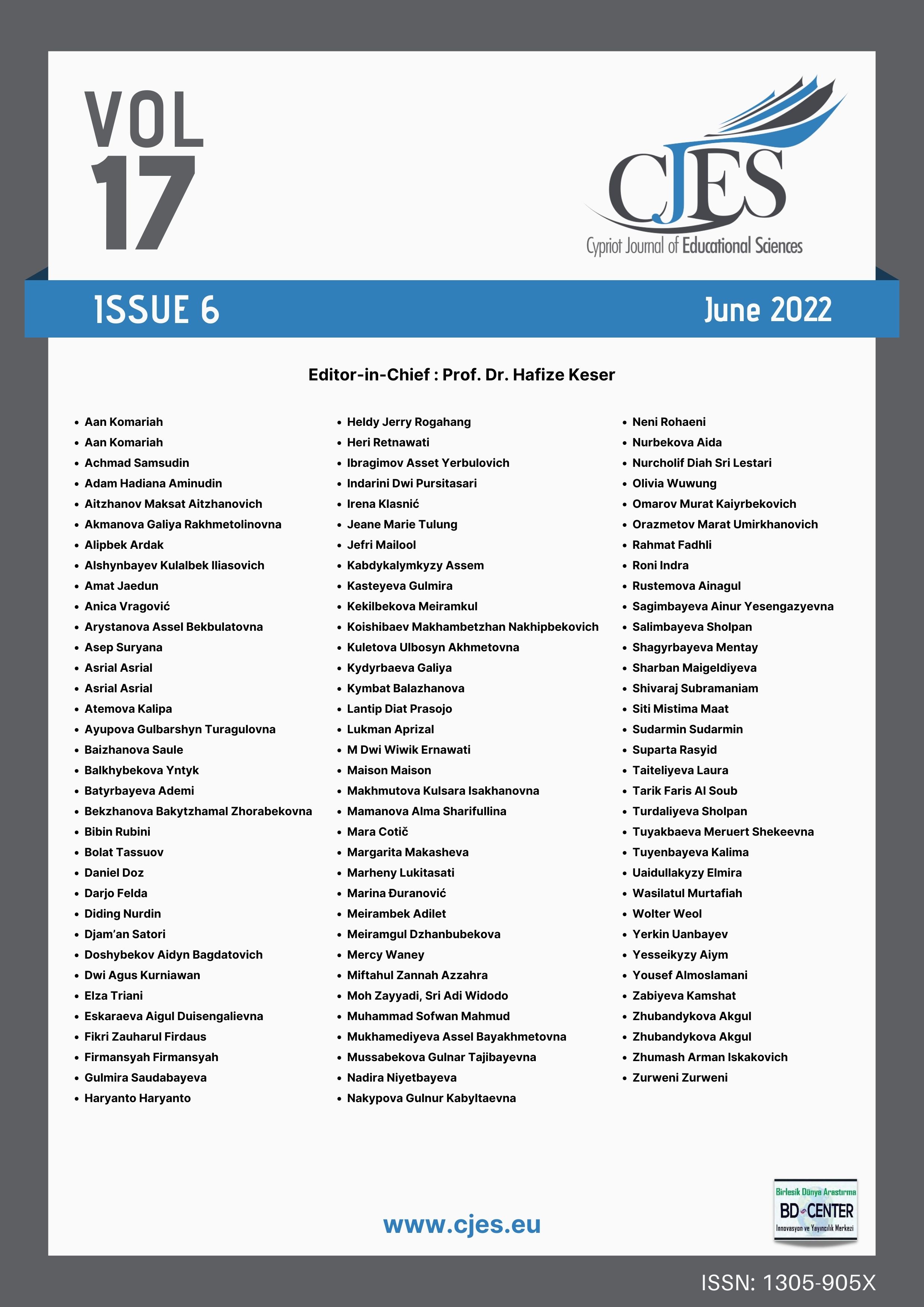Computational thinking in mathematics education: A systematic review
Main Article Content
Abstract
As a research area, computational thinking (CT) has gotten increased attention in mathematics education in the last decade. A study identifying patterns in CT research would be essential in understanding the technique for developing CT in mathematics and guiding future research attempts. As a result, the goal of this systematic literature review is to look at the learning methods promoting CT in mathematics lessons. The Preferred Reporting Items for Systematic Review and Meta-Analyses standards were utilised to guarantee that this study was done systematically. The result shows that even though there are various types of learning tools that are most commonly used, the coding programming tool and robotic activities tool are the most user-friendly methods for encouraging CT in mathematics education. This literature review is intended to provide educators with a better understanding of learning tools in order to enhance CT, which may help transform education into something more creative and meaningful.
Keywords: Computational thinking; education; learning tools; mathematics; systematic review
Downloads
Article Details

This work is licensed under a Creative Commons Attribution 4.0 International License.
Cypriot Journal of Educational Sciences is an Open Access Journal. The copyright holder is the author/s. Licensee Birlesik Dunya Yenilik Arastirma ve Yayincilik Merkezi, North Nicosia, Cyprus. All articles can be downloaded free of charge. Articles published in the Journal are Open-Access articles distributed under a CC-BY license [Attribution 4.0 International (CC BY 4.0)].
Birlesik Dunya Yenilik Arastirma ve Yayincilik Merkezi (BD-Center)is a gold open-access publisher. At the point of publication, all articles from our portfolio of journals are immediately and permanently accessible online free of charge. BD-Center articles are published under the CC-BY license [Attribution 4.0 International (CC BY 4.0)], which permits unrestricted use, distribution, and reproduction in any medium, provided the original authors and the source are credited.

